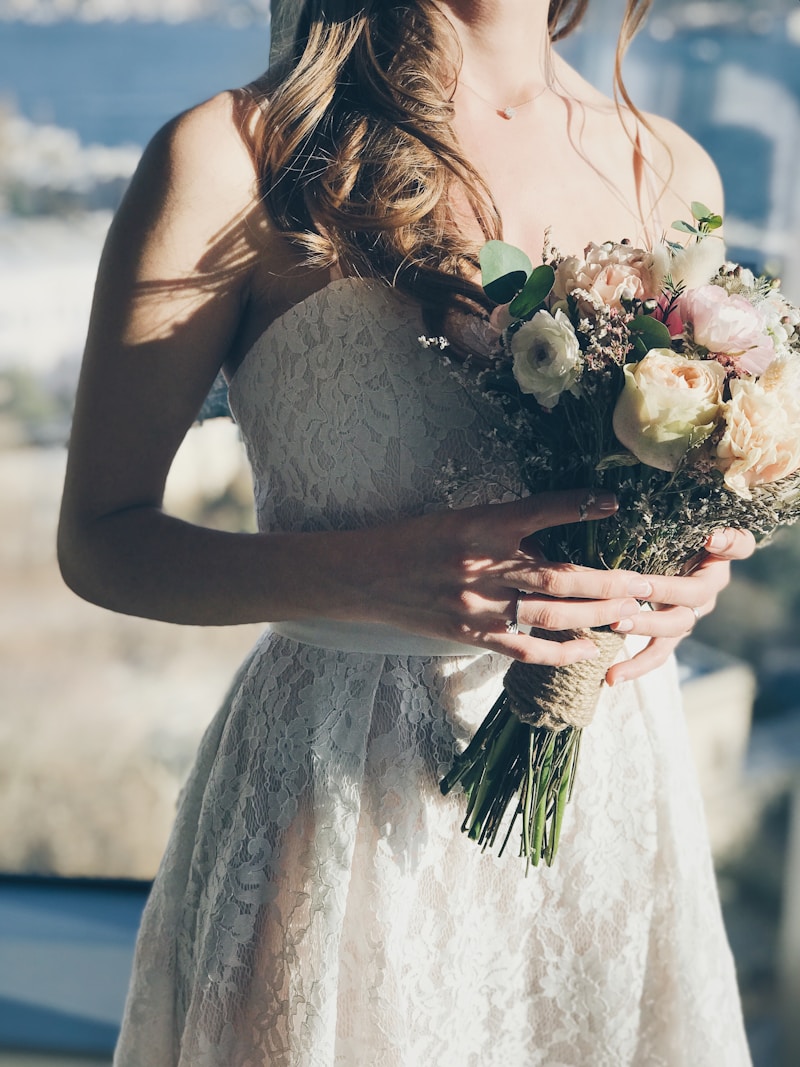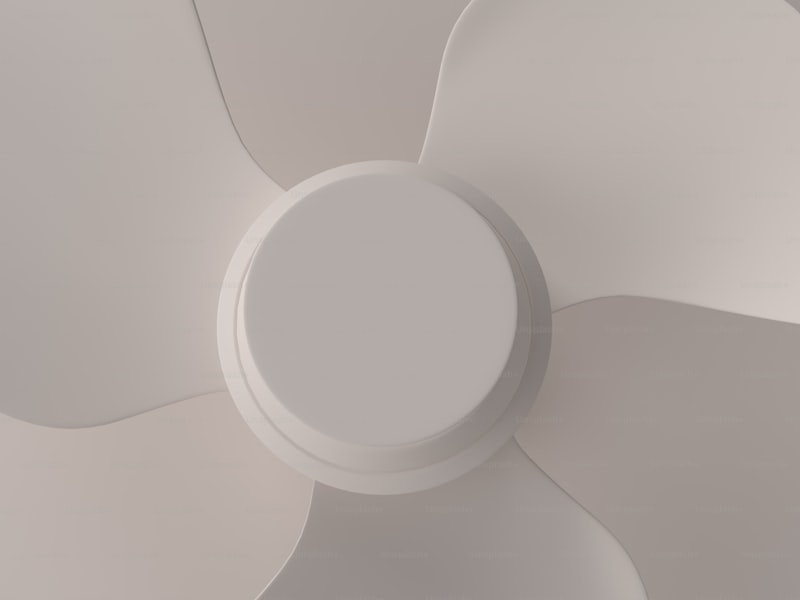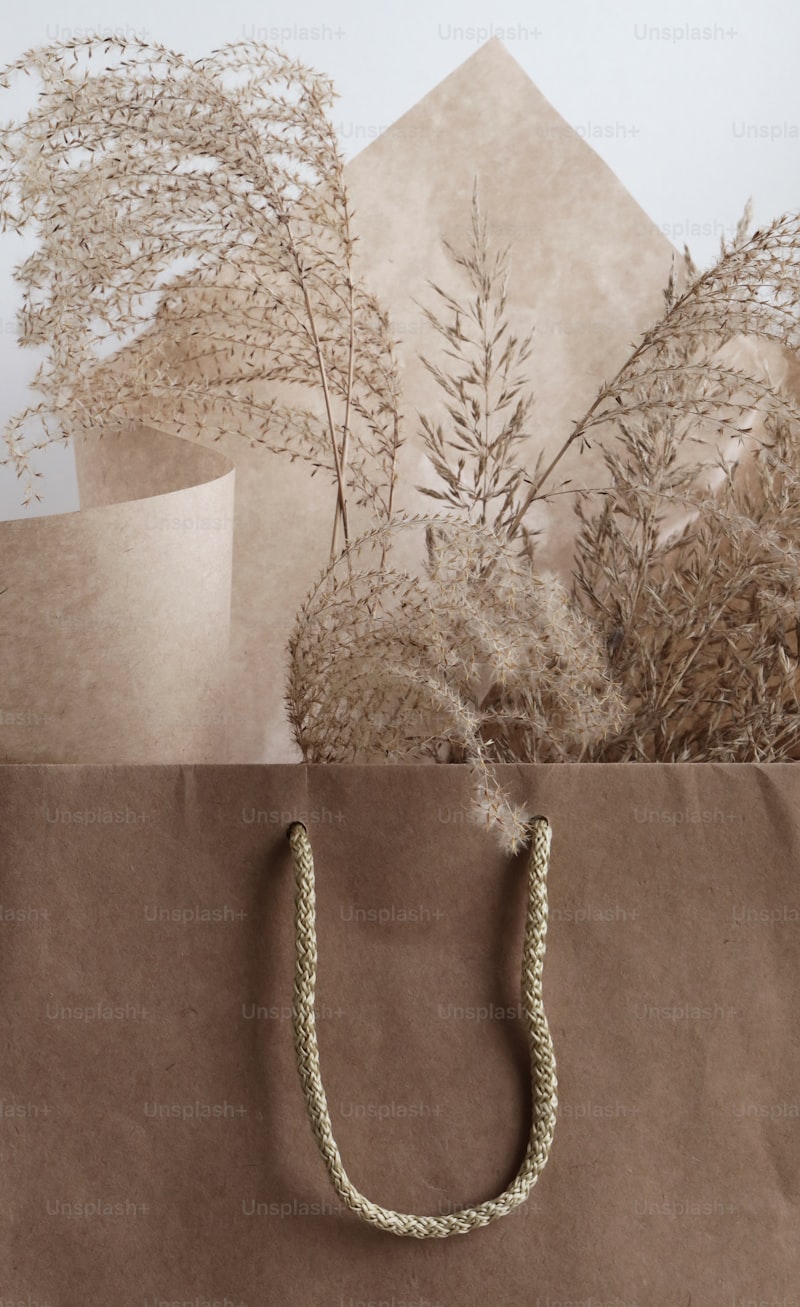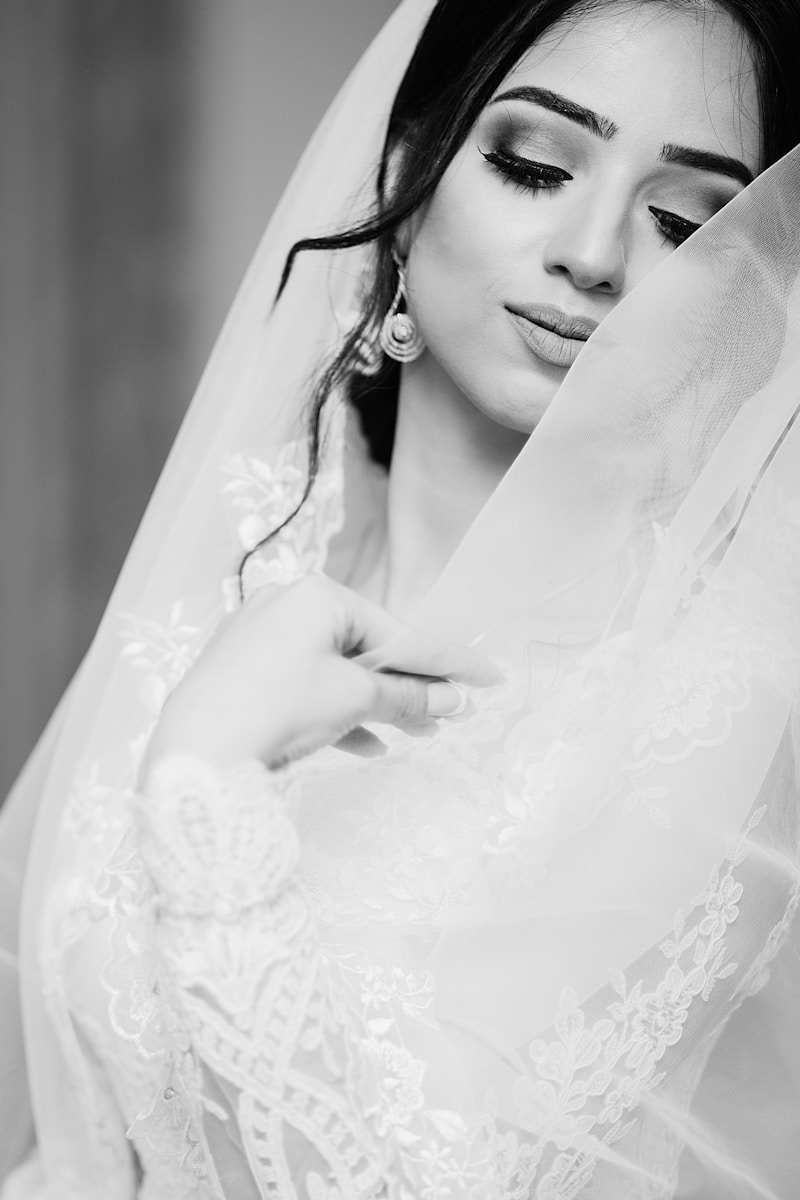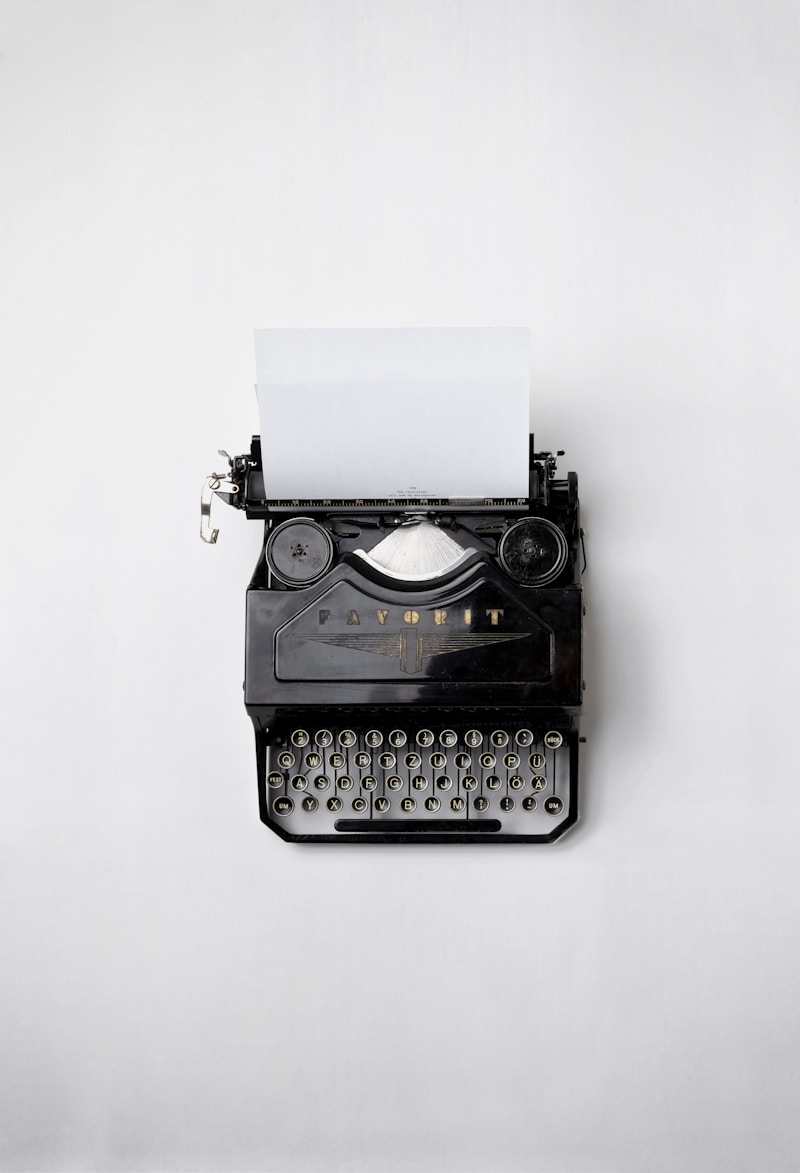Choosing Archival Materials for Preservation: A Comprehensive Guide
IntroductionIn an increasingly digital world, the importance of choosing the right archival materials for preservation cannot be overstated. Whether you are a historian, archivist, or simply a collector of precious documents, understanding the various options available for archival materials is crucial for ensuring their longevity and integrity.Understanding Archival MaterialsArchival materials are essential resources for preserving the cultural heritage of societies. They include documents, photographs, audio-visual materials, and artifacts that hold significant historical value. Choosing the appropriate archival materials not only protects these items but also influences their accessibility for future generations.Factors to Consider When Choosing Archival MaterialsWhen it comes to selecting archival materials, various factors can guide your decision-making process. Here are the most critical considerations:1. Material QualityThe quality of the archival material should be your foremost priority. Look for materials that have been specifically designed for long-term preservation, such as:Acid-free boxesArchival-quality paperMylar sleeves for photographs2. Environmental ControlThe conditions in which archival materials are stored can significantly affect their lifespan. Factors such as temperature, humidity, and light exposure should be monitored rigorously. Opting for materials that are resistant to these environmental stressors is vital.3. Document TypeDifferent types of docu...
Understanding the Dress Preservation Process: A Comprehensive Guide
Introduction to Dress PreservationPreserving dresses, whether they are cherished wedding gowns, vintage pieces, or memorable costumes, is a vital process to maintain their beauty and longevity. Understanding the dress preservation process not only helps protect these garments but also ensures that future generations can enjoy them. In this article, we will explore the intricate steps involved in dress preservation, including materials, techniques, and common queries related to this essential care process.The Importance of Dress PreservationMany individuals have sentimental attachments to their dresses. For instance, a wedding gown symbolizes a significant moment in one’s life, while vintage dresses often come with stories and heirlooms. However, neglecting proper preservation can lead to irreversible damage. Factors such as dust, light exposure, and improper storage can degrade fabric, resulting in discoloration, fading, and deterioration. Therefore, understanding the dress preservation process is crucial for maintaining the quality and integrity of these beloved items.Common Factors Affecting Dress PreservationBefore diving into the preservation process, it’s essential to understand the factors that can affect the longevity of dresses. Here are the primary factors:FactorDescriptionLight ExposureDirect sunlight can fade fabrics and damage delicate fibers.HumidityExcess moisture can promote mold growth and fabric decomposition.PestsInsects like moths can cause severe damage to...
Maximize the Lifespan of Your Wedding Gown with Climate-Controlled Storage
Your wedding gown is more than just a dress; it is a cherished symbol of one of the most memorable days of your life. To ensure it remains in pristine condition, proper storage is essential. Climate-controlled storage for wedding gowns offers a sophisticated solution for those looking to preserve their beloved attire. This article delves into the benefits of climate-controlled storage, how it works, and important considerations for wedding gown preservation.Understanding Climate-Controlled StorageClimate-controlled storage is designed to maintain consistent temperature and humidity levels, safeguarding items from environmental factors that could cause damage. This type of storage is especially beneficial for delicate fabrics that can be affected by moisture, heat, and light. For wedding gowns, which are often made from silk, lace, or satin, the sensitivity to environmental changes makes climate-controlled storage a must.Key Benefits of Climate-Controlled Storage for Wedding GownsThere are numerous advantages to using climate-controlled storage for your wedding dress:Protection from Humidity: Excess moisture can lead to mold and mildew growth. Climate-controlled storage keeps humidity in check, preventing damage.Temperature Regulation: Extreme temperatures can cause fabrics to break down. Maintaining a stable temperature ensures your gown stays intact over time.Dust and Contaminant Protection: Climate-controlled environments are typically cleaner and more secure, reducing the ...
Best Practices for Preserving Dress Colors: A Comprehensive Guide
When it comes to maintaining the vibrancy and beauty of your favorite dresses, understanding the best practices for preserving dress colors is essential. With the right methods, you can extend the life of your garments and keep them looking fresh and new. In this article, we'll explore effective strategies for caring for your dresses, tips on washing and storing them, and how to prevent fading. Whether you own a few valuable pieces or a whole wardrobe full of colorful attire, follow these guidelines to preserve your dress colors for years to come.Understanding Dress Fabrics and ColorsBefore diving into the practical aspects of preserving dress colors, it's crucial to understand the different types of fabrics and dyes used in clothing production. Each material reacts differently to environmental factors, washing techniques, and storage conditions. Here’s a brief overview:Fabric TypeCommon DyesColor Preservation TipsCottonReactive dyesAvoid direct sunlight; wash in cold waterSilkAcid dyesHandwash only; no bleachPolyesterDisperse dyesWash with care and avoid high heatWoolAcid dyesDry clean; avoid moistureWashing Techniques for Color PreservationOne of the most significant factors affecting the longevity of dress colors is how they are washed. Following the right washing techniques can help prevent fading and maintain vibrancy. Here are some tips:1. Read Care LabelsAlways start by checking the care labels on your dresses. Manufacturers provide essential instructions regarding was...
Bridal Preservation Myths Debunked: Everything You Need to Know for a Flawless Wedding Keepsake
Weddings are often one of the most significant days in a person's life, filled with joy, love, and unforgettable memories. As a bride, you want to preserve every detail of your special day, including your wedding gown, bouquet, and other cherished items. However, there are many myths surrounding bridal preservation that might mislead you. In this article, we will debunk common bridal preservation myths and provide you with essential tips to ensure your keepsakes are well-preserved for years to come.Understanding Bridal PreservationBridal preservation refers to the process of cleaning and storing bridal items in a way that protects them from damage and decay. This can include everything from your wedding dress and veil to the flowers you carried down the aisle. Many brides are unaware that improper storage and cleaning can lead to irreversible damage, making understanding the preservation process crucial.Common Myths About Bridal PreservationMythFactMyth 1: It’s unnecessary to preserve my wedding dress if I’m not wearing it again.Fact: Your wedding dress is a significant investment and often holds sentimental value. Preservation can protect it from yellowing and damage, allowing you to pass it down as a family heirloom.Myth 2: I can clean my dress at home using a standard detergent.Fact: Home cleaning can damage delicate fabrics and embellishments. It’s best to seek professional cleaning specifically designed for bridal wear.Myth 3: All preservation methods are the same.Fact: ...
Professional vs. DIY Dress Preservation Methods: Which is Best for Your Wedding Dress?
IntroductionWedding dresses carry immense sentimental value, and preserving them properly is essential for ensuring they remain beautiful for years to come. When it comes to dress preservation, two primary methods emerge: professional preservation services and do-it-yourself (DIY) methods. In this article, we will explore the pros and cons of each option, helping you decide which choice is best for your treasured gown.Understanding Dress PreservationFirst, let's establish what dress preservation entails. It involves cleaning and storing the garment in a manner that prevents damage from elements like light, moisture, and dirt. Proper preservation can also help prevent fabric yellowing over time. Whether you opt for a professional service or decide to take a DIY approach, understanding the steps involved is crucial.Professional Dress PreservationProfessional dress preservation services often come with a higher price tag. These companies specialize in cleaning and preserving wedding dresses and offer several advantages:1. Expertise and ExperienceProfessional preservers have extensive knowledge of various fabric types, stains, and preservation techniques. Their expertise ensures your dress receives the best care possible.2. Advanced Cleaning TechniquesProfessional services use specialized cleaning agents and equipment that effectively remove stains without damaging delicate fabrics. This is particularly important for intricate designs and embellishments.3. Storage SolutionsMany p...
Caring for Embellishments on Wedding Dresses: A Comprehensive Guide
IntroductionWedding dresses are often cherished items that hold significant sentimental value. The embellishments on these dresses, whether they are intricate beadwork, delicate lace, or stunning sequins, add a touch of elegance and individuality to each gown. However, caring for these embellishments can be a daunting task for brides and wedding planners alike. In this guide, we'll explore the best practices for caring for embellishments on wedding dresses. We'll also address common concerns, provide maintenance tips, and answer frequently asked questions to help you keep your wedding dress looking pristine.Why Proper Care for Embellishments is EssentialEmbellishments not only enhance the beauty of a wedding dress but also serve as a representation of personal style. Without proper care, these decorative elements can become damaged, dull, or even fall off entirely. Below are several reasons why focusing on care is crucial: Preservation of Sentimental Value: Your wedding dress is likely one of the most important pieces of attire you will ever own. Ensuring its condition means preserving precious memories. Investment Protection: Wedding dresses can be pricey, particularly those with elaborate embellishments. Proper care helps safeguard your investment. Aesthetic Appeal: Well-maintained embellishments enhance the overall beauty of the dress, making your special day even more memorable.Common Types of EmbellishmentsUnderstanding the types of embellishments used in weddin...
Storage Solutions for Altered Wedding Gowns: A Comprehensive Guide
Understanding the Importance of Proper Storage for Altered Wedding GownsWedding gowns represent some of the most cherished moments in a person's life. For those who have made alterations to their gowns, it's essential to understand the optimal storage solutions to preserve these beautiful pieces for years to come. In this article, we will explore the best practices for storing altered wedding gowns, discuss the potential risks associated with improper storage, and provide practical tips to ensure your gown remains in pristine condition.Why Proper Storage is Crucial for Altered Wedding GownsWhen wedding gowns undergo alterations, they can become more delicate and require special care, especially if they are made from materials such as silk or lace. Proper storage techniques can help prevent damage from environmental factors, pests, and the breakdown of fabrics over time. Here are some key reasons why proper storage is essential: Maintaining the Shape: Alterations often change the silhouette of the gown, making it crucial to maintain its shape to prevent deformation. Color Preservation: Exposure to light can fade colors over time; thus, proper storage can maintain the gown's vibrancy. Protection Against Dust and Pests: Storing your gown in a safe environment prevents dust accumulation and potential damage from moths or other insects.Common Concerns Regarding Storage SolutionsMany individuals may wonder about specific concerns related to storing their altered wedding go...
Essential Guide to Humidity Control for Preserving Garments
Understanding Humidity Control for Preserving GarmentsWhen it comes to preserving garments, particularly those that hold sentimental or monetary value, humidity control is an essential factor that cannot be overlooked. Humidity, the amount of water vapor present in the air, significantly influences the condition of textiles, affecting their longevity and preserving their aesthetics. In this comprehensive guide, we’ll explore effective humidity control methods, the importance of monitoring humidity levels, and practical tips for safeguarding your garments from moisture-related damage.The Importance of Humidity ControlExcessive humidity can lead to various issues in garment preservation, including:Mold and Mildew Growth: High humidity creates a perfect breeding ground for mold and mildew, which thrive in damp conditions.Fabric Degradation: Prolonged exposure to moist air can weaken fibers, leading to tears and deterioration.Unpleasant Odors: Humidity can create musty smells in fabrics, detracting from their appeal.Pest Infestation: Certain pests are attracted to humid environments, risking further damage to your clothing.Understanding the Ideal Humidity LevelsMaintaining the right humidity levels is crucial in garment storage. Ideally, the relative humidity should be kept between 30% and 50%. At this level:Your garments will remain dry and protected from mold and mildew.Fabrics will retain their shape and integrity, ensuring they stand the test of time.Odors will be minimized, ...
Essential Cleaning Recommendations Before Storage: Maximize Longevity and Maintain Quality
When it comes to storing your belongings, ensuring that they are appropriately cleaned before storage can drastically enhance their longevity and maintain their quality. This article will provide you with essential cleaning recommendations before storage, offering tips for items commonly stored, understanding the appropriate cleaning methods, and emphasizing the importance of preventive measures. Read on to help safeguard your possessions and ensure they come out of storage just as good as new.Understanding the Importance of Cleaning Before StorageBefore delving into specific recommendations, it’s crucial to understand why cleaning your items before storage is essential. There are several key reasons: Prevent Damage: Dirt, dust, and residues can lead to deterioration over time. Certain materials, especially fabrics and wood, can suffer significant damage if dirt is left on them. Discourage Pests: Food residues or organic material can attract pests like moths or rodents, jeopardizing your belongings. Maintain Aesthetic Value: Properly cleaned items will look and feel better when you retrieve them. Whether it’s electronics, furniture, or clothing, cleanliness matters. Efficiency: Cleaning before storage can save you time and hassle in the long run, as you won’t have to deal with cleaning out mold, mildew, or other forms of damage later.Cleaning Recommendations by Item TypeDifferent items require specific cleaning techniques and considerations. Below are recommendati...
Preservation Boxes for Sentimental Bridal Wear: A Lasting Legacy
Optimizing Preservation Boxes for Sentimental Bridal WearWeddings are not just milestones but a collection of memories wrapped in love and joy. One of the most cherished pieces of a wedding day is the bridal wear, often infused with deep sentiment. Over time, the desire to preserve these precious garments for future generations has led to the growing popularity of preservation boxes specifically designed for sentimental bridal wear. In this comprehensive article, we will delve into the importance of preservation boxes, how to choose the right one, and other related aspects that will help you keep your wedding memories intact.Understanding the Importance of Preservation BoxesPreservation boxes serve as a protective solution for bridal dresses, veils, and other attire worn on the wedding day. They are designed not just to store, but to maintain the integrity and condition of these precious items. In the face of time, a preservation box can slow down yellowing, fabric degradation, and other forms of damage caused by environmental factors.Why Use Preservation Boxes?The primary reasons for using preservation boxes for sentimental bridal wear include:Protection from Environmental Damage: Light, dust, and pollutants can deteriorate fabric over time. Preservation boxes shield these garments from harmful elements.Prevention of Physical Damage: Many preservation boxes are designed with acid-free materials, which prevent yellowing or discoloration, thereby extending the life of the fabr...
Choosing the Right Cleaning Products: A Comprehensive Guide
IntroductionIn our daily lives, cleanliness plays an integral role in maintaining not only the aesthetics but also the health of our living spaces. With so many cleaning products available on the market, choosing the right cleaning products can be overwhelming. This article provides you with insights on selecting the most effective cleaning products, ensuring you make informed choices that cater to your specific cleaning needs.The Importance of Choosing the Right Cleaning ProductsSelecting the correct cleaning products is crucial for various reasons. Firstly, it helps in maintaining hygiene, reducing allergens, and preventing the spread of germs. Secondly, using unsuitable products can lead to damage on surfaces or materials, resulting in costly repairs. Lastly, certain cleaning agents can have adverse effects on the environment or your health if not chosen wisely. Thus, understanding what to look for in cleaning products can benefit your home and the planet.Factors to Consider When Choosing Cleaning ProductsTo help you navigate the multitude of choices, here are the essential factors to consider:1. IngredientsUnderstanding the ingredients in cleaning products is paramount. Look for products that are biodegradable and free from harmful chemicals such as phosphates, bleach, and synthetic fragrances. Natural cleaning products often offer a safer option for families, especially those with children or pets.2. PurposeDifferent cleaning tasks require different products. It's import...
Ultimate Guide to Long-lasting Preservation for Heirloom Dresses
Understanding the Importance of Preserving Heirloom DressesHeirloom dresses are not just garments; they are cherished artifacts that carry emotional value and historical significance. These treasured pieces often hold memories of special occasions, family traditions, and even significant cultural events. Therefore, ensuring their long-lasting preservation is paramount. In this guide, we will explore effective methods for extending the life of heirloom dresses, tips for storage, cleaning techniques, and common questions surrounding this topic.Why Heirloom Dresses Need Special Care?Heirloom dresses can be made from delicate fabrics, intricate lace, and detailed embroidery. These materials are prone to wear and damage if not handled correctly. Here are a few specific reasons why special care is needed: Material Sensitivity: Many heirloom dresses are crafted from materials like silk, tulle, or cotton blends that can be easily damaged. Sentimental Value: Heirloom dresses often represent significant family history, making their preservation a matter of emotional importance. Potential for Deterioration: Without proper care, natural fibers can deteriorate due to environmental factors, leading to irreversible damage.Effective Methods for Long-lasting PreservationTo achieve long-lasting preservation for heirloom dresses, follow these essential methods:1. Proper Cleaning TechniquesBefore storing your heirloom dress, it's crucial to clean it appropriately. Here's how:MethodDescr...
Ultimate Guide: Tips for DIY Wedding Dress Preservation
Your wedding dress is not just a garment; it is a cherished symbol of one of the most important days in your life. Preserving it properly means you can relive those special memories whenever you take it out. In this comprehensive guide, we will explore essential tips for DIY wedding dress preservation, ensuring that your dress remains in pristine condition for years to come.Understanding the Importance of Wedding Dress PreservationWedding dress preservation is crucial for maintaining the integrity of the fabric and the beauty of your gown. Over time, exposure to light, dust, and pollutants can cause yellowing and damage. Many brides underestimate the importance of preservation, which can lead to irreversible wear and tear. Here are some reasons why you should consider preserving your dress:Emotional Value: Your wedding dress carries memories and emotions that you may want to revisit.Resale Value: A well-preserved dress can fetch a higher resale price if you decide to sell it in the future.Generational Pass-Down: Preserving your dress allows future generations to appreciate or wear it.Choosing the Right Time for PreservationThe best time to start the preservation process is as soon as the wedding festivities conclude. Ideally, you should aim to preserve your dress within six months after your wedding day to ensure that any stains or odors do not set in. The longer you wait, the more difficult it may be to remove stains effectively.Essential Tips for DIY Wedding Dress Preservat...
Reviving the Look of an Aging Wedding Gown: A Complete Guide
IntroductionWedding gowns are often treasured keepsakes, symbolizing one of the most significant days in a person's life. However, over time, these beautiful dresses may lose their luster, becoming yellowed, stained, or simply outdated in style. If you’re looking to refresh and revitalize your treasured wedding gown, you’re in the right place. In this guide, we will explore various methods to rejuvenate your wedding gown, ensuring it retains its beauty and charm for years to come.Understanding the Aging of Wedding GownsLike any piece of clothing, wedding gowns are subject to wear and tear as well as environmental factors. Several reasons contribute to the aging of a wedding gown: Fabric Composition: Natural fabrics like silk and cotton may deteriorate faster than synthetic materials. Storage Conditions: Exposure to light, heat, and humidity can lead to discoloration and damage. Stains: Common stains from makeup, beverages, or even food can set over time, making them more difficult to remove. Fashion Trends: Styles change, and what was once en vogue might feel outdated today.Assessing Your Wedding GownBefore setting out to restore your wedding gown, it’s crucial to assess its current condition. Here’s a checklist to guide you: Check for discoloration or yellowing. Examine seams and stitching for signs of wear. Identify any stains and their sources. Evaluate the overall style and relevance to modern trends.Cleaning Your Wedding GownCleaning is the first ...
Essential Wedding Gown Conservation Techniques for Long-lasting Memories
Introduction to Wedding Gown Conservation TechniquesYour wedding gown represents one of the most cherished moments in your life. Preserving this significant piece of clothing can be crucial for maintaining its beauty and integrity over the years. In this article, we will explore effective wedding gown conservation techniques that can help ensure your gown remains as stunning as the day you wore it. Furthermore, we will address common concerns regarding wedding gown preservation and provide insightful tips on how to care for your treasured garment.Understanding the Importance of ConservationWedding gowns are often made from delicate fabrics like silk, satin, and lace, which may fade, tear, or discolor if not properly cared for. Not only is the emotional value of a wedding gown significant, but the financial investment can also be substantial. Thus, understanding the importance of conservation techniques can help protect both your memories and your investment.Common Concerns About Wedding Gown PreservationBefore delving into conservation techniques, let's discuss some common concerns that brides have regarding their wedding gowns:Stains and Discoloration: Food, makeup, and even perspiration can lead to stains that may become permanent if not treated promptly.Storage Conditions: Improper storage can cause fabric deterioration, yellowing, and the growth of mold.Future Wear: Some brides wish to pass down their gowns to future generations, making preservation even more important.Ef...
Long-Term Preservation of Bridal Attire: A Comprehensive Guide
Introduction to Bridal Attire PreservationBridal attire holds significant emotional value, representing a pivotal moment in a person’s life. The desire to keep these garments pristine for decades, whether for future generations or personal nostalgia, is growing among brides worldwide. This guide will delve into effective methods for the long-term preservation of bridal attire, ensuring that these delicate fabrics withstand the test of time, while also addressing common queries related to bridal gown maintenance.Understanding the Importance of PreservationBridal gowns and attire are often crafted from luxurious materials such as satin, lace, chiffon, and silk, which can be vulnerable to various environmental factors. Proper preservation can prevent deterioration caused by light, moisture, and pests. Here are a few reasons why long-term preservation is crucial: Sentimental Value: Many brides cherish their attire as a representation of love and commitment. Generational Heirlooms: Preserved bridal wear can become a cherished family heirloom. Resale Value: Well-preserved gowns hold significant resale value, should the bride choose to part with them.How to Properly Preserve Bridal AttireNow that we understand the importance of preservation, let’s explore practical steps to ensure your bridal gown remains in pristine condition.1. Clean Before StoringCleaning is imperative since stains can set in over time. Here are some crucial points: Professional Cleaning: Always opt f...
Optimal Storage Methods for Delicate Fabrics: A Comprehensive Guide
When it comes to preserving the beauty and longevity of delicate fabrics, the importance of optimal storage methods cannot be overstated. Whether you're dealing with silk, lace, or fine wool, the right techniques are essential to prevent damage and maintain the integrity of these materials. This article will delve into effective storage methods, common mistakes to avoid, and tips to ensure your cherished textiles remain in excellent condition.Understanding Delicate FabricsDelicate fabrics include a wide range of materials that require special care. These fabrics are often more prone to wear and tear, color fading, and damage from environmental factors. Popular types of delicate fabrics include:Fabric TypeCharacteristicsSilkSoft, smooth, and luxurious; sensitive to moisture and sunlight.LaceIntricate, open weave; easily snags and tears.ChiffonVery lightweight; can be easily stretched or damaged.CashmereSoft and warm; easily pilled and susceptible to moth damage.Vintage FabricsMay have specific requirements depending on age and composition.Optimal Storage MethodsTo ensure your delicate fabrics remain pristine, consider the following optimal storage methods:1. Clean Before StoringAlways clean your delicate fabrics before storage. Dust, sweat, and oils attracted to the fabric can lead to deterioration over time. Follow the care label instructions for washing and drying. If in doubt, professional cleaning is a wise choice.2. Use Appropriate Storage ContainersStore delicate fabrics...
Restoring Vintage Wedding Dresses: A Timeless Journey
Vintage wedding dresses possess an undeniable charm and nostalgia, capturing the beauty of bygone eras. Restoring these enchanting garments not only revives their splendor but also connects us to the traditions and stories of the past. This article will delve into the intricacies of restoring vintage wedding dresses, guiding you through the process while providing valuable insights and tips for success.The Allure of Vintage Wedding DressesThese garments often come with rich history and craftsmanship, making them unique pieces of art. Many brides seek vintage wedding dresses for their:Timeless designs: Each era has its signature style, from the flapper dresses of the 1920s to the romantic silhouettes of the 1950s.Materials and craftsmanship: Vintage dresses were often made with high-quality fabrics and meticulous detailing that can be rare in contemporary fashion.Sentimental value: Wearing a dress that belonged to a family member or friend adds a personal touch to the wedding.Understanding the Restoration ProcessRestoring a vintage wedding dress requires careful consideration and expertise. Below are the key steps involved in the restoration process:StepDescription1. AssessmentExamine the dress for damages such as tears, stains, or fabric deterioration.2. CleaningSelect an appropriate cleaning method based on the fabric type and condition.3. RepairsFix any damage, including sewing up tears, replacing broken zippers, or mending seams.4. AlterationsMake adjustments for fit or to...
Protecting Lace and Embroidery from Damage: Essential Tips and Techniques
Understanding the Importance of ProtectionLace and embroidery are timeless and beautiful art forms that adorn garments, home decor, and various textiles. However, these delicate materials require special care to prevent damage and prolong their exquisite beauty. Whether passed down through generations or newly crafted, lace and embroidery hold sentimental and monetary value. In this guide, we will explore effective strategies for protecting these treasures from damage, ensuring they remain vibrant and intact for years to come.Common Causes of DamageBefore we delve into protective measures, it is crucial to understand the common threats that can lead to the deterioration of lace and embroidery. Here are some of the primary culprits:Damage CauseDescriptionExposure to sunlightDirect sunlight can fade colors and weaken fibers, especially for delicate textiles.Improper cleaning methodsUsing harsh detergents and vigorous washing can ruin the integrity of the fabric.Moths and pestsInsects can cause irreparable damage to lace and embroidered pieces if not controlled.Moisture and humidityExcessive moisture can lead to mold growth and fabric decay.Physical abrasionRubbing against rough surfaces can fray threads and tear delicate materials.Best Practices for ProtectionNow that we understand what can cause damage to lace and embroidery, let’s explore effective practices for preservation.1. Proper Storage TechniquesHow you store lace and embroidery plays a significant role in their longev...

